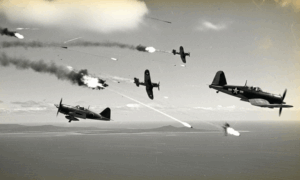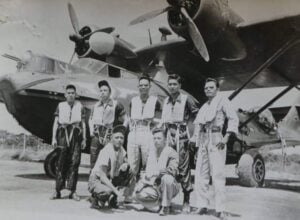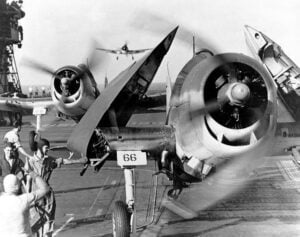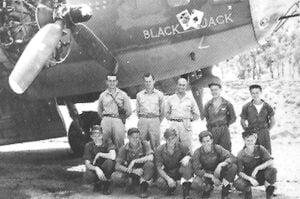CG-4 Hadrian: The Legendary WWII Assault Glider
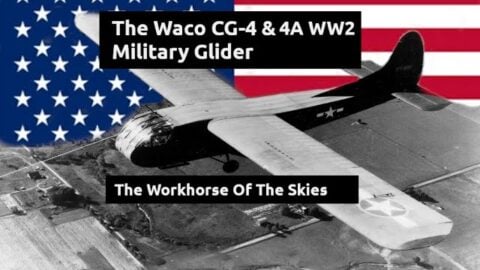
YouTube / MBKM Models
The CG-4A glider played a vital role in airborne operations during World War II, carrying soldiers and equipment silently behind enemy lines. Known to the British as the Hadrian, this versatile aircraft combined a metal and wood frame with a fabric covering, setting it apart from Britain’s all-wood gliders. First flown in May 1942, it became the standard U.S. assault glider, with nearly 14,000 built. Designed to carry troops, vehicles, or artillery, the CG-4A proved its worth in key Allied operations from Sicily and D-Day to Arnhem and the Rhine Crossing and even saw service in the China-Burma-India theater.
Development and Operational History
The CG-4A, designed by the Weaver Aircraft Company of Ohio (WACO), began flight testing in May 1942. It quickly became the backbone of U.S. airborne glider operations. Over 13,900 CG-4As were eventually built, with production spread across 16 major contractors, including the Ford Motor Company, and supported by hundreds of smaller subcontractors.
Whiteman Air Force Base (originally Sedalia Glider Base) was activated on 6 August 1942 to train glider pilots and paratroopers. By November 1942, it became Sedalia Army Air Field under the 12th Troop Carrier Command of the U.S. Army Air Forces. Aircraft stationed there included the CG-4A glider, the Curtiss C-46, and the Douglas C-47—although the C-46 saw limited use as a glider tug in combat.
The Waco CG-4A first saw action in July 1943 during the Allied invasion of Sicily. It went on to play major roles in the Normandy landings (June 1944), Operation Market Garden at Arnhem (September 1944), the Rhine Crossing (March 1945), and the China-Burma-India Theater. Although gliders were not meant to be disposable, they were often treated as such by senior officers and aircrews in the European theater abandoned or destroyed them after landing. While recovery systems were developed and shipped to Europe, much of the equipment was withheld by higher command. Even so, several gliders were successfully recovered from Normandy, and more from Holland and Wesel. The CG-4A also demonstrated its versatility by delivering supplies to partisans in Yugoslavia, further underscoring its value beyond frontline operations.
Postwar Use and Legacy
When World War II ended, most CG-4A gliders were no longer needed and were sold as surplus. Many people bought them just for the wood that came in the large shipping crates. Others turned the gliders into camping trailers by cutting off the wings and tail, towing them behind cars or trucks. Some were also used as hunting cabins or small vacation huts by lakes and forests.
The last known use of the CG-4A was in the early 1950s, when the U.S. Air Force used a few in the Arctic for scientific research. These gliders helped move people to and from floating ice floes. They were towed out by aircraft, released to land, and later picked up again using a hook-and-line system developed during the war. For Arctic landings, the gliders were fitted with wide skis instead of regular landing wheels.














